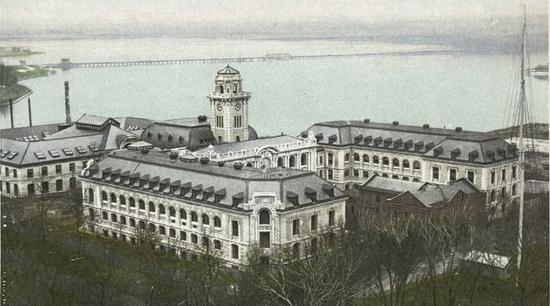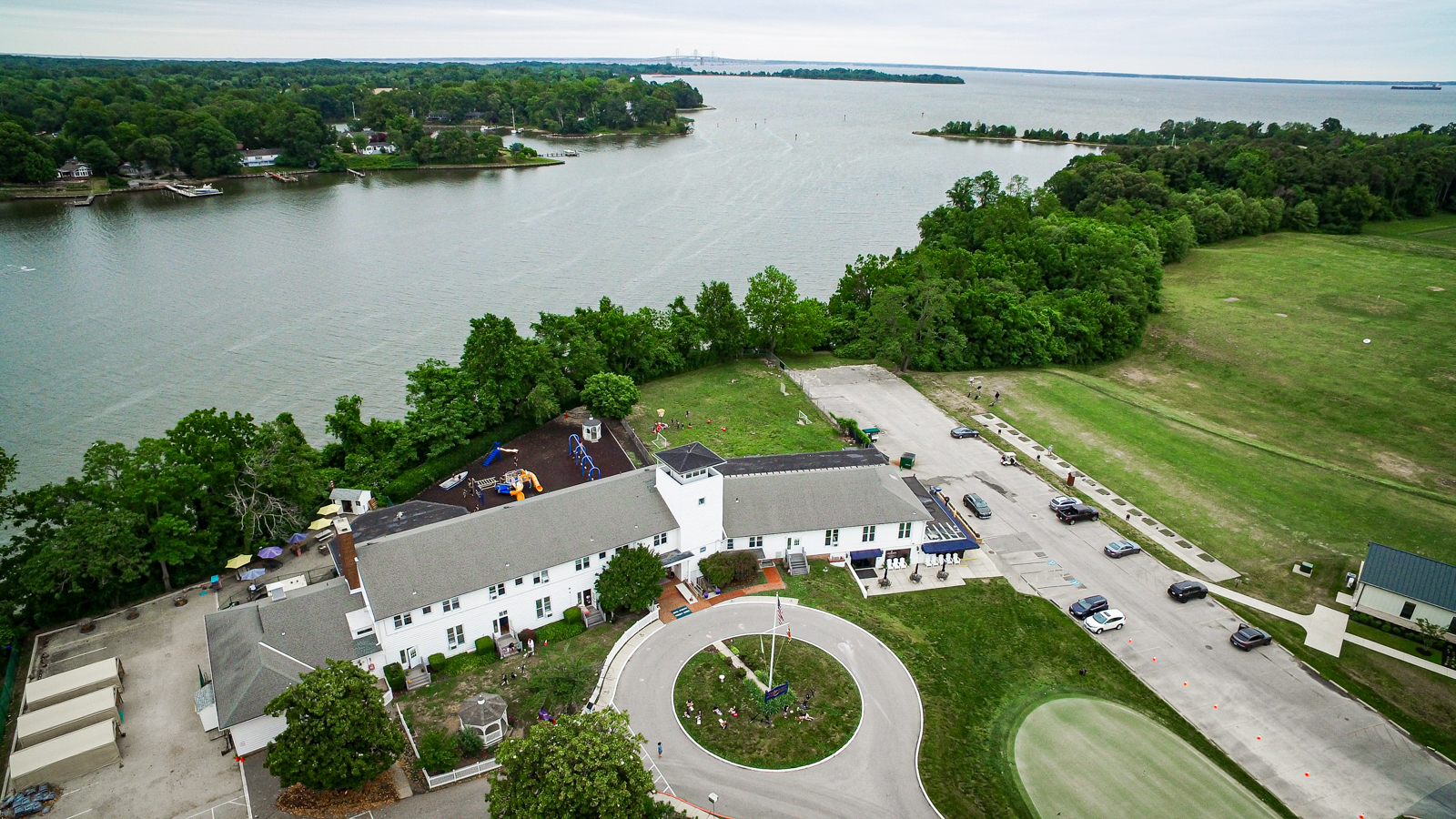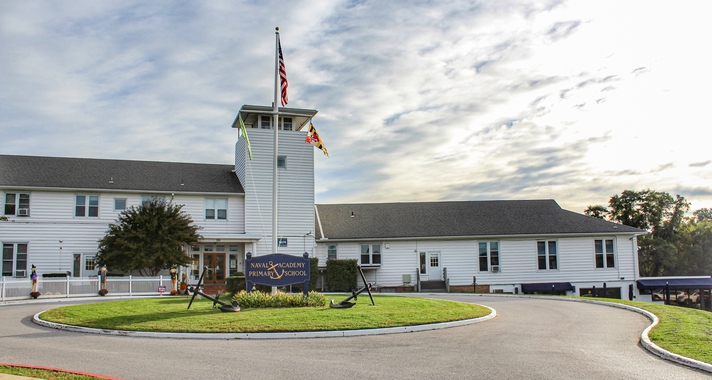NAPS provides a safe, nurturing, and stimulating environment that facilitates our children's abilities to grow and mature intellectually, physically, emotionally, and socially. NAPS's small classroom sizes allow for all teachers to work with individual learning styles, adjust to the strengths and weaknesses of each child, to encourage children to feel safe and comfortable, and to question and share ideas. The NAPS faculty is a team of educated professionals who are enthusiastic about guiding students to become lifelong learners.
Naval Academy Primary & Secondary is a place where the first social and community life of your child starts. It becomes a second home for children, all of whom are naturally curious about the world around them and excited about learning. The NAPS curriculum is designed to build on this natural curiosity and to channel the enthusiasm into a lifelong love for learning, discovery, and understanding.
Throughout all grades, NAPS students are exposed to a rich, broad curriculum through which they develop a strong foundation of academic skills, as well as a vast range of experiences in which they can learn, create, and imagine.
FIRST STEPS
 The Naval Academy Primary & Secondary school began in the early 1900s as a nursery school for children of Naval Academy faculty and staff, both military and civilian. Two sisters, the Misses Liza and Mary Magruder, operated the school, often referred to as the Magruder School. From the school’s inception until the late 1940s, it was housed in a succession of locations: the east end of Dahlgren Hall; the lower level of the Naval Academy chapel until 1913 when John Paul Jones’s body was placed in the chapel’s crypt; and Isherwood Hall, a building subsequently demolished to provide the site for Alumni Hall.
The Naval Academy Primary & Secondary school began in the early 1900s as a nursery school for children of Naval Academy faculty and staff, both military and civilian. Two sisters, the Misses Liza and Mary Magruder, operated the school, often referred to as the Magruder School. From the school’s inception until the late 1940s, it was housed in a succession of locations: the east end of Dahlgren Hall; the lower level of the Naval Academy chapel until 1913 when John Paul Jones’s body was placed in the chapel’s crypt; and Isherwood Hall, a building subsequently demolished to provide the site for Alumni Hall.
In March 1943, construction was completed on a new BOQ at the Navy’s Radio Transmitter Facility (RTF) located on Greenbury Point across the Severn River from the Naval Academy. These quarters housed an influx of military personnel working at the RTF during the height of World War II. When the war ended, the number of officers stationed at the RTF declined and occupancy at the BOQ fell significantly.
NEXT STEPS
 In 1949, the seldom-used mess annex was turned over to a group of military parents supervising the operation of the Naval Academy Nursery School then located in a golf shack at Perry Circle near USNA’s gate eight. The Navy gave the group permission to convert building 74 for use by the Naval Academy Nursery School. In 1949, the school moved across the Severn River into the building that formerly housed a Bachelor Office Quarters (BOQ) and later an officers’ club annex. The school continues today in this delightful location on Mill Creek, only minutes away from the Naval Academy and historic Annapolis, Maryland’s capital city.
In 1949, the seldom-used mess annex was turned over to a group of military parents supervising the operation of the Naval Academy Nursery School then located in a golf shack at Perry Circle near USNA’s gate eight. The Navy gave the group permission to convert building 74 for use by the Naval Academy Nursery School. In 1949, the school moved across the Severn River into the building that formerly housed a Bachelor Office Quarters (BOQ) and later an officers’ club annex. The school continues today in this delightful location on Mill Creek, only minutes away from the Naval Academy and historic Annapolis, Maryland’s capital city.
In 1953, the Naval Academy Nursery School Association was chartered and recognized by the Maryland Secretary of State as a nonprofit Maryland corporation. Five years later, the school’s name was changed to Naval Academy Primary School, serving preschool through 5th Grade students.
GROWTH
During the tenure of Director Devon Clouse, the school became accredited through AIMS—which stands for Association of Independent Maryland Schools-in 2012. Accreditation is quality assurance that the best faculty, the best curriculum, and the best educational practices are being initiated and followed each day at NAPS.
TODAY
Under the leadership of the current Head of School, Robyn M. Green, the NAPS Board of Trustees approved the addition of a Middle School at NAPS. The 2022-23 academic year added the inaugural 6th Grade class to the school. 7th Grade was added in the 2023-24 academic year. And the Middle School completed with an 8th Grade in 2024-25. With that, the Board of Trustees voted to rename the school to reflect the Preschool-8th Grade education offered at NAPS: Naval Academy Primary & Secondary.

